Over the past few years, the European Space Agency has fostered In-Orbit Servicing by investing approximately 50 M€ in the development of technologies and in supporting industry for system architecture analysis and business cases assessments. Equally, the European Space Agency has invested and continues to invest and promote new space transportation services, including by boosting commercial space transportation end-to-end services – to, in and from space.
Recently, ESA — through the Agency’s Space Safety Programme — committed to a 100MEuro contract for the service to remove a relic of an ESA mission from orbit, dubbed ClearSpace-1. The aim of Clearspace-1 is to contribute actively to a cleaner space environment and to demonstrate the capability for in-orbit debris removal as well as to foster capacities for commercial active debris removal for institutional and private sector needs.
Satellite manufacturers worldwide – start-ups as well as established large system integrators – are gearing up to enable servicing to be performed on satellites they manufacture, thus allowing the ‘offer’ that is being developed through institutionally supported investments to be met with ‘demand’.
With a vision of a sustainable and safe space environment, ESA’s aim is to create and capture new demand in Europe by fostering the ‘service offering’ side, as well as to stimulate and enable the ‘demand’ side of a developing market in the wider context of commercial In-Orbit Servicing (IOS). ESA is pioneering the creation of a ‘Circular Economy in Space’ in cooperation/collaboration with industry and partners through a number of elements, including a new initiative — which is the subject of this new In-Orbit Servicing Proposal Request (IOSPR).
This initiative aims to bring together a service provider and a customer for the servicing of a spacecraft by utilising one or a combination of in-orbit servicing capabilities.
To achieve the above, the concept must include both of the following elements:
- Service Provider: Entity and its servicer performing the servicing operation
- Customer: Entity and its spacecraft
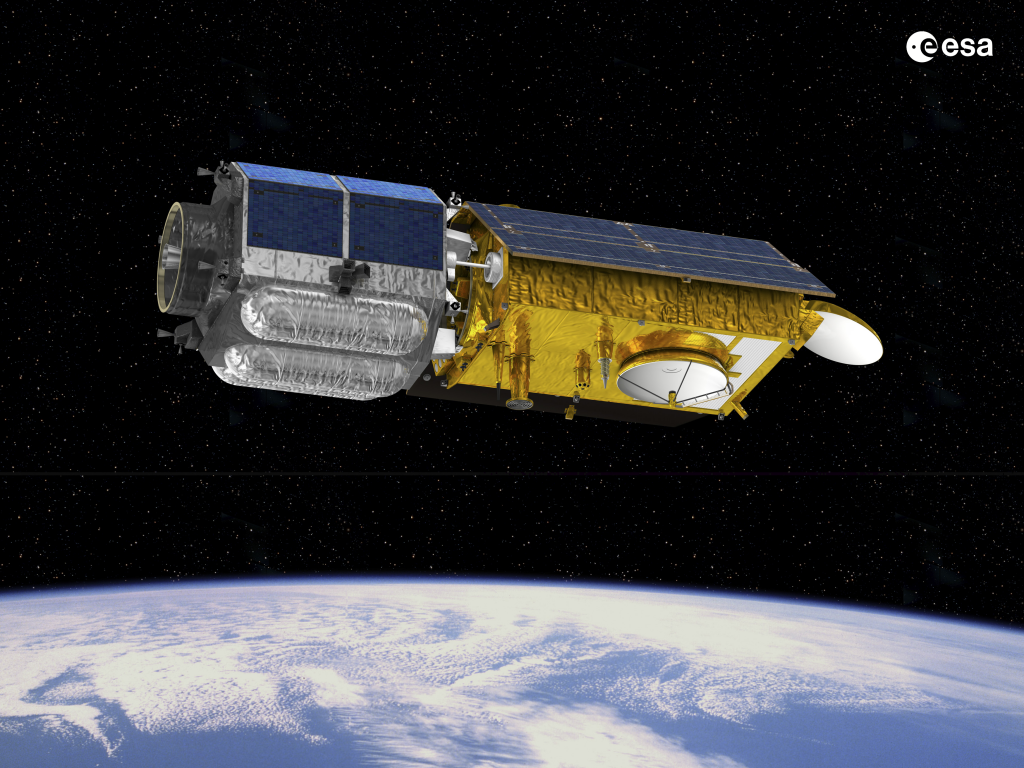
The Customer and Service Provider will engage in a servicing mission making use of In-Orbit Servicing Capabilities for one or more of the following services:
- Cooperative Attitude and Orbit Control System (AOCS) takeover: lifetime extension for a Customer Spacecraft by providing the propulsion/actuation capabilities required.
- Assembly: Assemble, manipulate and/or disassemble (take apart) spacecraft parts from or into a satellite/vehicle.
- Refurbishment: Rehabilitation or servicing of a spacecraft by replacing current aged or non-functional parts by new equivalent ones.
- Manufacturing: Manufacturing of spacecraft parts in orbit starting from raw material and/or basic components coming from Earth and/or from in-orbit recycling.
- Refuelling: Re-supply of propellant to a spacecraft already in space.
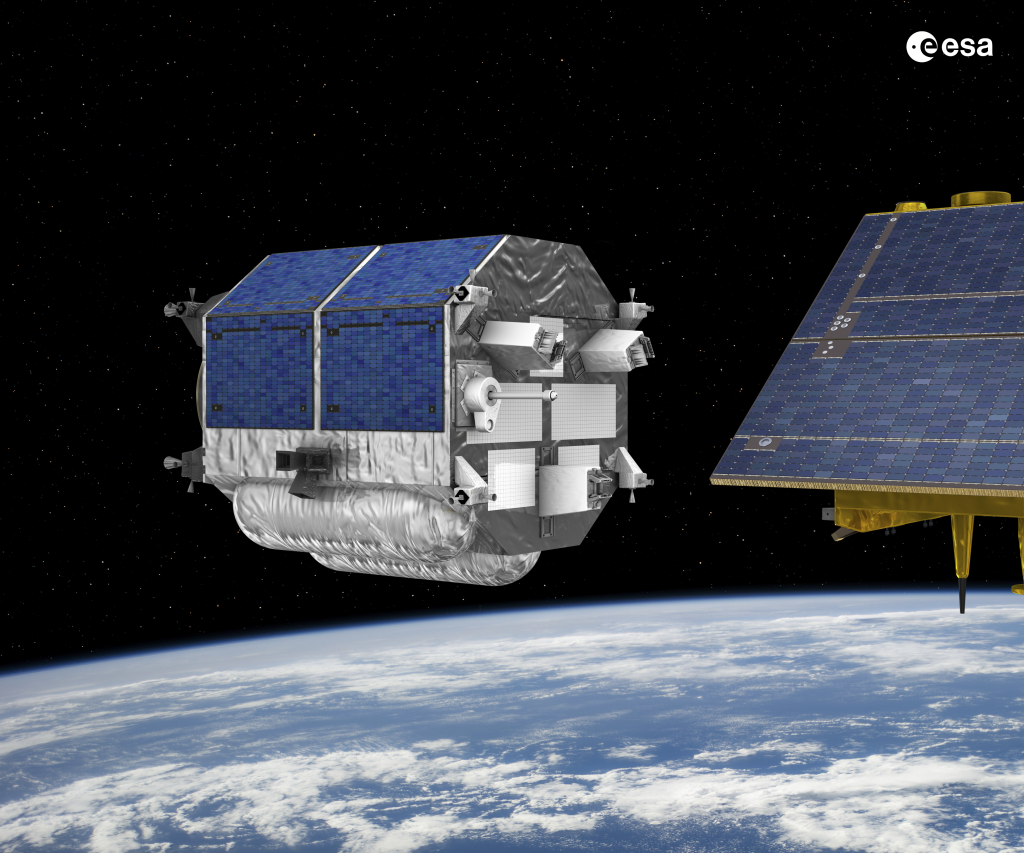
In this context, ESA is considering presenting at the ESA Council meeting at Ministerial level, foreseen to be held in 2022 (CM22), a proposal to place contract(s) with Service Provider(s) and Customer(s) for performing In-Orbit Servicing covering some or all of the categories defined above. ESA considers each of the above applications important for future developments, and therefore gives flexibility to the Service Providers/Customers in selecting some or all of the specific In-Orbit Servicing applications, allowing interested parties to submit the best possible proposals that will best respond to the (emerging) market needs they have identified. This initiative also aims at fostering capacities for commercial In-Orbit Services for institutional and commercial needs.
The IOSPR opened on October 1st, 2021. For further information check the IOSPR here: https://esastar-publication-ext.sso.esa.int/ESATenderActions/details/20261
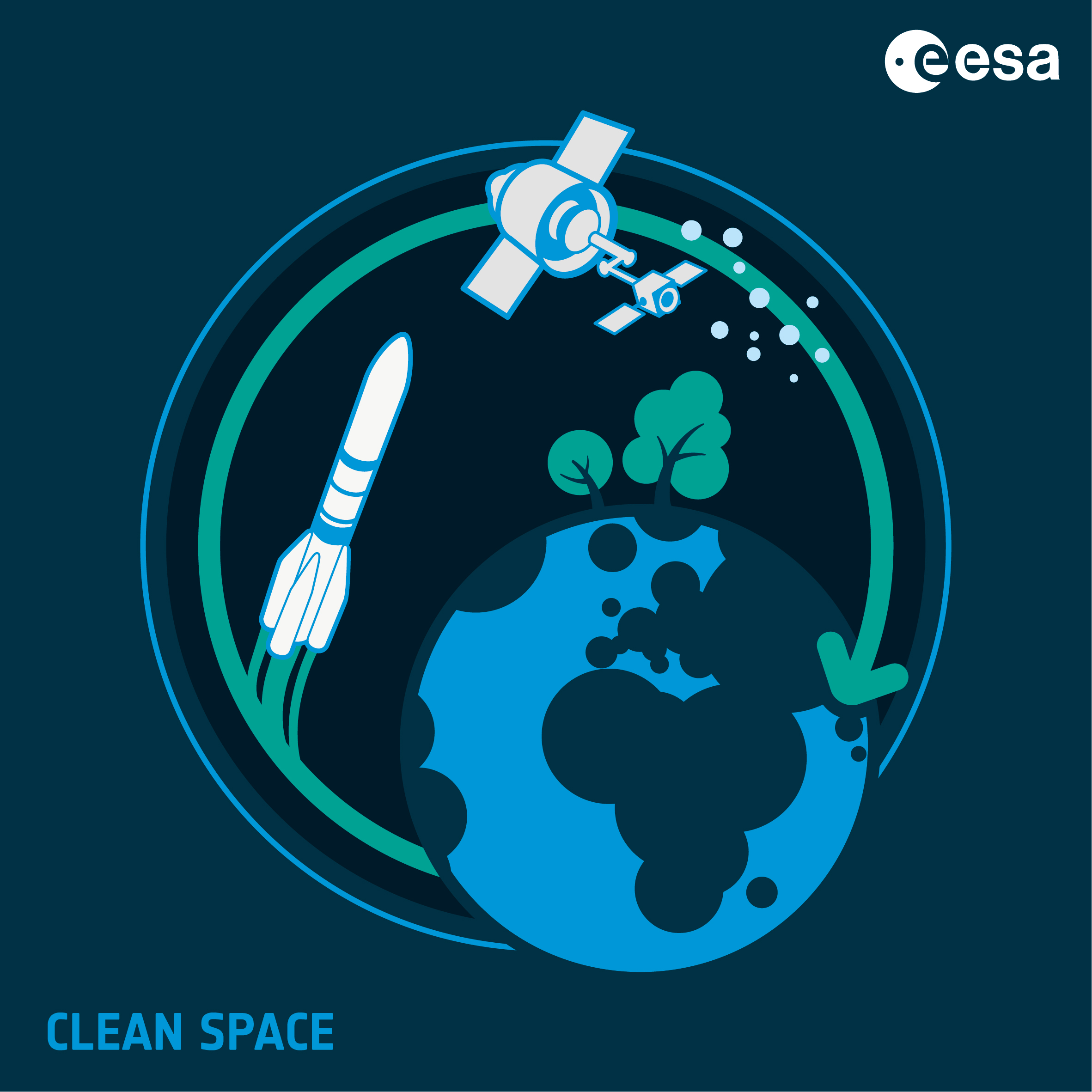

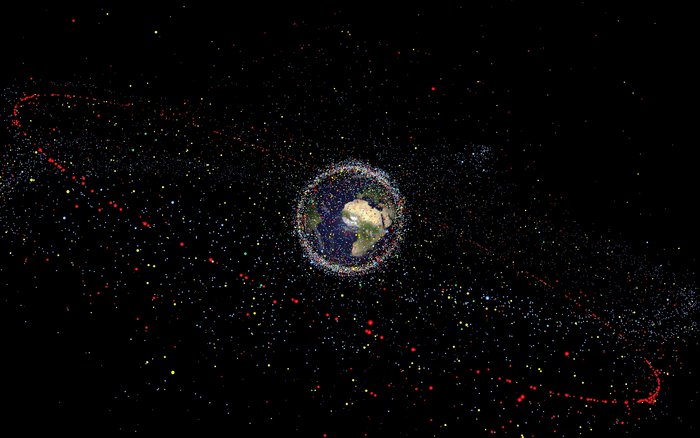
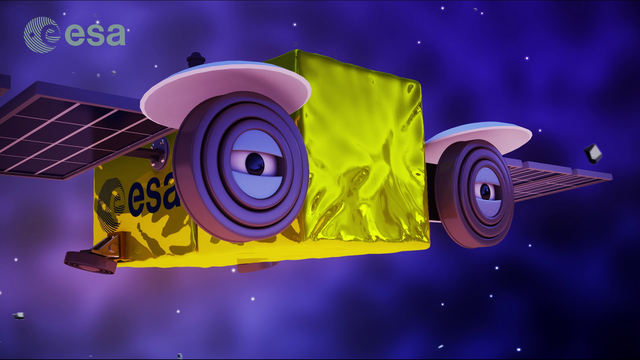
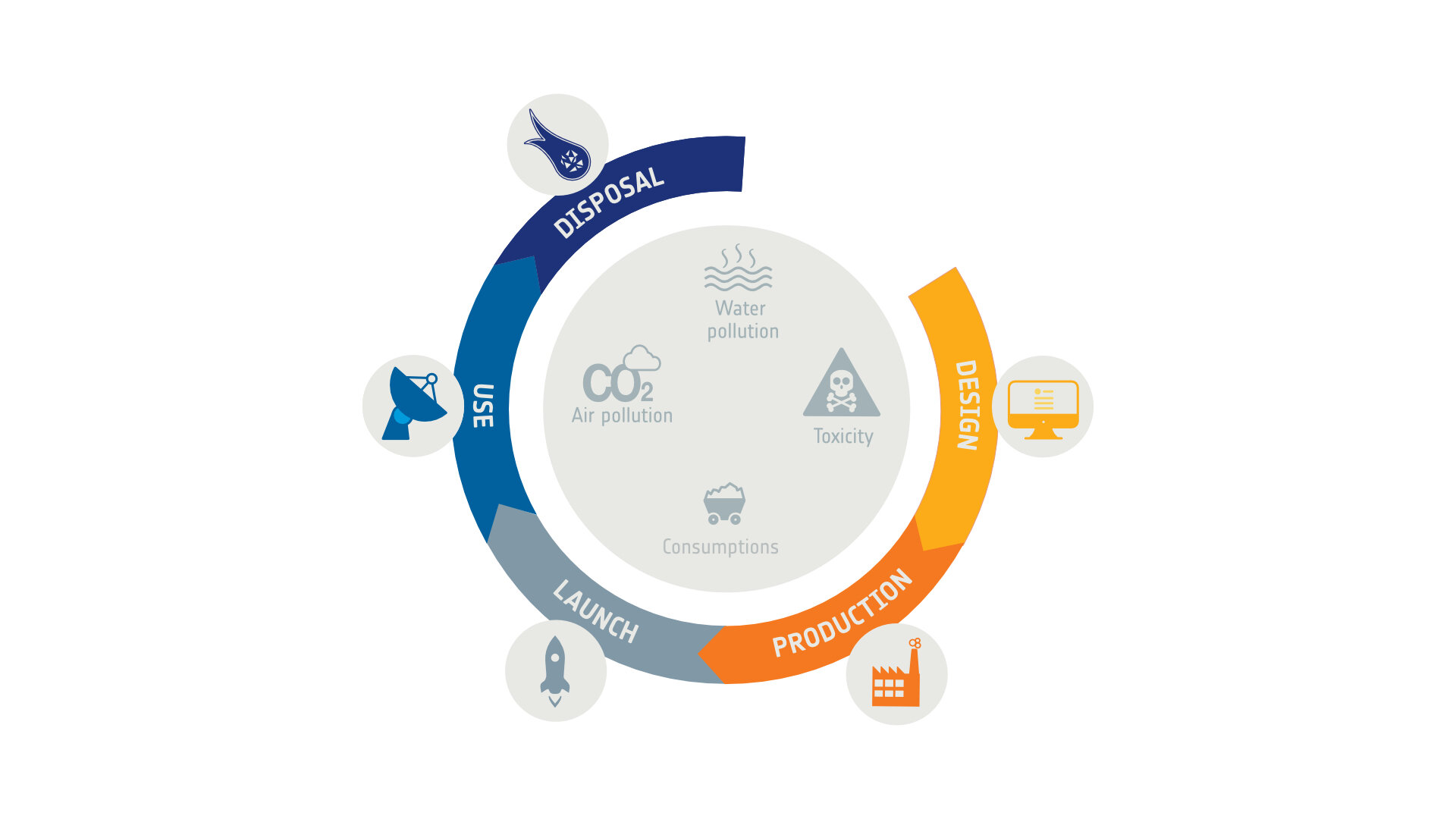
Discussion: one comment
Thank you for your information, JESSICA.